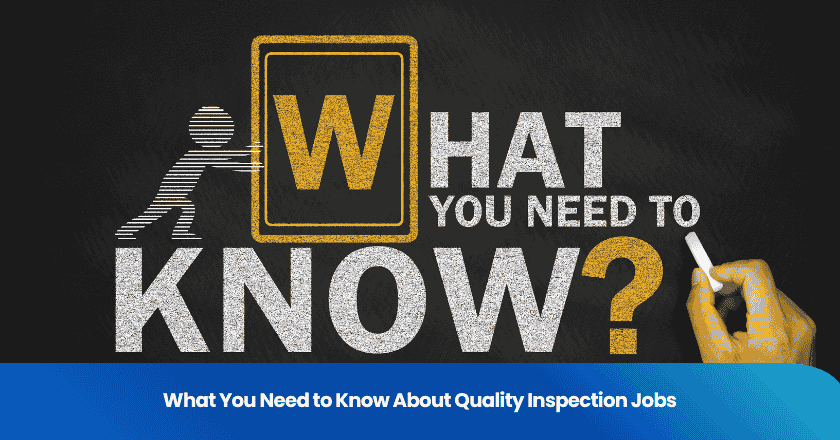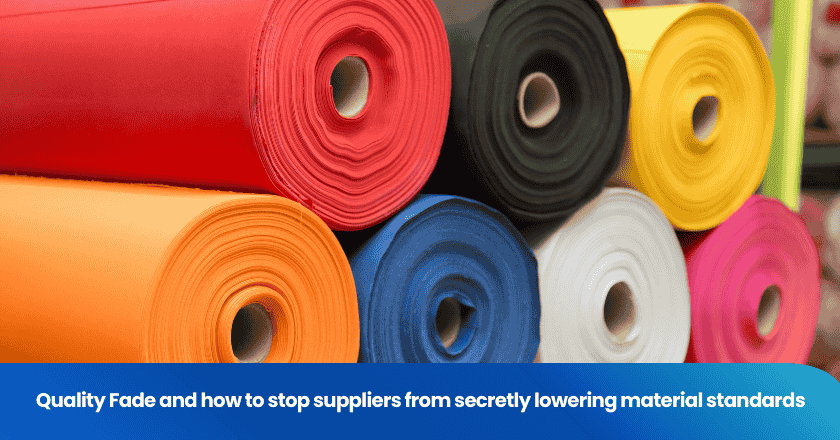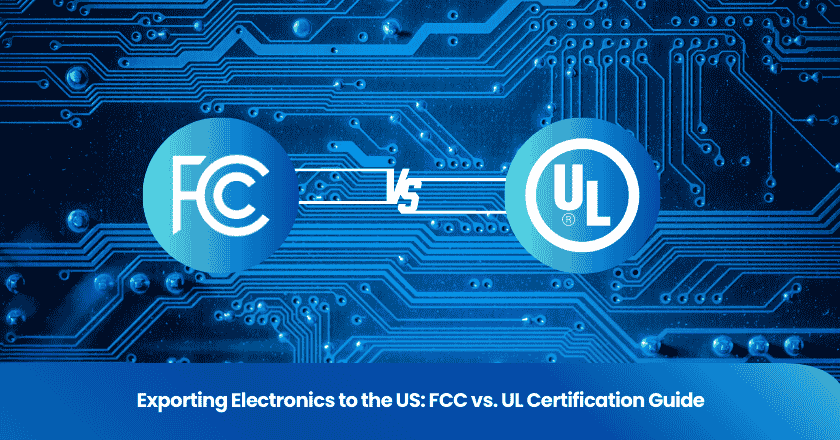
Quality inspection jobs require you to examine products or processes to make sure they meet strict standards for quality, safety, and reliability. You check for defects, verify measurements, and ensure compliance with industry regulations.Your attention to detail and hands-on approach help keep products safe and reliable for everyone.
Quality Inspection Jobs Overview
What Quality Inspection Jobs Involve
When you work in quality inspection jobs, your main goal is to make sure products, materials, or processes meet strict quality standards. You play a vital role in checking that everything aligns with industry regulations and customer expectations.
Your responsibilities often include:
- Inspecting products for visible issues, such as cracks or scratches.
- Taking precise measurements with tools like calipers and micrometers.
- Conducting tests to confirm that products function as intended.
- Verifying compliance with industry regulations and standards.
- Logging your findings using specialized software for accurate record-keeping.
- Providing feedback to production teams about any quality concerns.
You use several types of inspections during your daily work.
These include:
- Manual line-of-sight inspection, where you check components with your eyes or simple tools to spot defects.
- Remote visual inspection, which uses cameras to view hard-to-reach areas.
- Machine-based visual inspection, where automated systems scan products quickly.
- AI-driven visual inspection, which uses artificial intelligence to detect subtle defects.
You also perform dimensional inspections to measure physical features and functional inspections to test how products work under real conditions. Each method helps you ensure that the inspection process is thorough and reliable.
Accuracy and reliability are essential in this field. Even a small mistake can lead to safety risks or costly recalls.
Typical Work Settings
You may find yourself working in a variety of environments, from manufacturing plants to laboratories. The setting often shapes your daily tasks and the tools you use. In hands-on roles, you rely on your intuition and experience to evaluate complex products. In automated settings, you oversee machines that handle high-volume inspections efficiently.
Your daily routine might include:
- Checking and calibrating inspection tools before use.
- Reviewing product specifications and drawings to understand requirements.
- Inspecting the first item produced to validate the setup.
- Conducting regular or random checks during production.
- Marking and recording any defective products immediately.
- Keeping detailed records of inspection results.
- Managing areas where defective or suspect materials are held.
- Reporting major or repeated issues to supervisors.
- Maintaining a clean and organized inspection area.
- Briefing the next shift about ongoing quality status.
- Submitting daily inspection summaries to quality controllers.
You must adapt to different work environments and inspection methods. Manual inspections require more labor and attention to detail, while automated and AI-supported inspections offer speed and consistency. The choice between these methods can affect both operational efficiency and labor costs.
Quality inspection jobs demand a strong focus on detail, a commitment to accuracy, and the ability to follow established procedures. Your work ensures that only safe, reliable products reach customers and that companies maintain their reputation for quality.
Duties of a Quality Control Inspector
As a quality control inspector, you play a central role in maintaining product integrity and upholding quality standards throughout the manufacturing process. Your responsibilities span from the initial review of raw materials to the final inspection of finished goods. You ensure that every step meets strict requirements for safety, reliability, and customer satisfaction.
Visual Inspections and Testing
You begin each inspection by preparing your workspace and defining the criteria for evaluation. Proper lighting and clear standards help you spot even the smallest defects. During visual inspections, you:
1. Set up inspection criteria and adjust lighting for optimal visibility.
2. Examine products using direct observation or automated systems.
3. Record your findings and categorize any defects.
4. Decide if products pass, require rework, or must be rejected.
5. Analyze trends and recommend corrective actions to prevent recurring issues.
You check for surface flaws, color inconsistencies, and missing components. You also verify that packaging matches specifications and perform physical tests to confirm product functionality. Your attention to detail ensures that only products meeting all requirements move forward.
Tip: Consistent visual inspections help you catch issues early, reducing the risk of costly recalls or safety hazards.
Modern inspection environments often use advanced tools and technologies.
Measurements and Documentation
Accurate measurements are essential in quality inspection jobs. You start by establishing dimensional standards and tolerances for each part. Before measuring, you calibrate your tools to ensure precision. You then use appropriate techniques to compare parts against defined criteria.
You document your inspection results for traceability and compliance. A thorough inspection report typically includes:
- Inspection details and product information
- A checklist of criteria and findings
- Observations and non-conformance details
- Visual evidence, such as photographs
- Recommended corrective actions
- Signatures and approvals
To maintain consistency, you use standardized templates and organize records for easy retrieval. Good documentation practices help you verify that each process step meets regulatory and customer requirements.
| Component | Description |
|---|---|
| Inspection Checklist | Ensures all points of the inspection process are covered. |
| Material Verification Records | Confirms that only approved materials were used. |
| Photographic Evidence | Provides visual proof of the project's state at various stages. |
Note: Reliable documentation supports compliance with industry regulations and helps resolve disputes or trace issues if they arise.
Monitoring Production Phases
Your oversight extends across all phases of production. You inspect raw materials to confirm they meet specifications before use. During manufacturing, you monitor processes to identify potential problems early. You also conduct final checks on finished goods before shipment.
Key activities include:
- Initial Production Checks (IPCs) to catch quality issues at the start
- During Production Inspection (DUPRO) to ensure corrections are made
- Pre-Shipment Inspection (PSI) to verify quality before delivery
You provide continuous oversight, helping maintain consistent product quality. You review material availability, evaluate production status, and alert supervisors to any major concerns. Regular audits, facility tours, and detailed reports further support compliance with quality and safety requirements.
| Inspection Process | Description |
|---|---|
| Regular Audits | Identify areas for improvement and ensure ongoing compliance with standards. |
| Closing Meetings | Provide feedback and discuss non-compliance or improvement opportunities. |
| Facility Tours | Observe operations and evaluate compliance with procedures. |
| Detailed Reports | Document findings, violations, and recommendations for corrective actions. |
As a qc inspector, your vigilance and expertise ensure that every product meets the highest expectations. You serve as the final checkpoint before products reach customers, making your role vital to the success of any organization.
Skills for QC Inspectors
Technical Abilities
You need strong technical abilities to succeed in quality inspection jobs. You must understand material properties, industry standards, and testing methods. Many employers look for certifications such as ASNT NDT Level I/II/III or AWS Certified Welding Inspector. These credentials show your commitment to quality assurance and your ability to use advanced inspection tools. Technical skills help you operate high-tech equipment, monitor production processes, and stay current with industry trends. When you master these skills, you improve efficiency and accuracy in your inspections.
| Skill/Qualification | Description |
|---|---|
| Technical Knowledge | Understanding of material properties, industry standards (ASTM, ISO, ASME), and testing methods. |
| Certifications | Credentials like ASNT NDT Level I/II/III or API 510/570/653 enhance job prospects. |
| Analytical Thinking | Ability to interpret test results and identify potential failures. |
Tip: Familiarity with the latest tools and technologies keeps you competitive in the field.
Attention to Detail
As a qc inspector, your attention to detail sets you apart. You must spot even the smallest defects, such as foundation cracks, electrical hazards, or missing caulking. Overlooking minor issues can lead to major problems in quality assurance. Employers often assess your attention to detail through resume reviews, skills assessments, and practical interviews.
- You check for surface flaws, leaks, and loose components.
- You document every finding with precision.
- You follow strict procedures to ensure nothing gets missed.
Note: Strong time management and the ability to work independently also support your attention to detail.
Communication Skills
You must communicate clearly to succeed in quality assurance. You share inspection results, document findings, and provide feedback to production teams. Good communication helps resolve issues quickly and keeps everyone aligned on quality goals.
- You collaborate with engineers and manufacturers.
- You report problems before they escalate.
- You help teams work together to improve product quality.
Effective communication ensures smooth operations and supports a culture of continuous improvement.
Industries and Outlook
Where Quality Control Inspectors Work
You can find opportunities as a qc inspector in many industries. Manufacturing plants often need inspectors to check automotive parts, electronics, or machinery. Food and beverage companies rely on you to ensure products meet health and safety standards. In the pharmaceutical sector, you help maintain strict quality assurance for medicines and medical devices. Aerospace and defense companies trust you to inspect components that must meet high safety requirements. Construction, textiles, and energy sectors also offer roles where you monitor materials and finished products.
You may work in environments such as:
- Production lines in factories
- Research and testing laboratories
- Warehouses and distribution centers
- Field sites for construction or energy projects
Each setting requires you to adapt your inspection methods and tools. You might use advanced technology in one industry and manual techniques in another. Your ability to adjust helps you succeed across different fields.
Job Trends and Opportunities
The demand for quality control inspectors remains steady as companies focus on product safety and customer satisfaction. You see new opportunities as industries adopt automation and digital inspection tools. Employers value your technical skills and your commitment to continuous improvement.
Several factors shape current job trends in this field. The table below highlights what influences your work environment and career outlook:
| Factor | Description |
|---|---|
| Work Environment | A positive workplace boosts job satisfaction and well-being. |
| Organization Culture | Supportive culture encourages transparency and shared values. |
| Training and Development | Ongoing training improves your performance and satisfaction. |
| Compensation and Rewards | Fair pay and recognition motivate you and your peers. |
| Facilities | Modern facilities create a safe and comfortable workspace. |
| Employee Empowerment | Autonomy and decision-making foster innovation and satisfaction. |
| Workload Management | Balanced workload and job security support your well-being. |
Note: You can advance your career by seeking additional training or certifications. Many industries reward inspectors who show initiative and a strong work ethic.
As industries continue to evolve, your role in quality assurance will remain essential. You help companies deliver safe, reliable products and maintain their reputation in the market.
Getting Started as a QC Inspector
Education and Training
You can begin your journey as a qc inspector with a high school diploma or equivalent. Many employers prefer candidates who hold an associate degree in mechanical engineering technology, welding, or industrial maintenance. Technical training and hands-on experience in industrial roles give you a strong foundation for success in quality control inspection.
You may choose from several training paths to build your expertise:
1. Complete your high school education or GED.
2. Pursue an associate degree in a relevant technical field.
3. Enroll in certification programs such as CQI or Six Sigma.
4. Gain practical experience through internships or entry-level positions.
5. Seek advanced certifications to expand your career options.
Tip: Hands-on training with inspection tools and case studies helps you develop problem-solving skills and prepares you for real-world challenges.
Training programs often feature comprehensive course content, certified instructors, and flexible learning options. You learn measurement techniques, ISO compliance, defect identification, and root cause analysis. Many courses offer practical training with real inspection tools, which improves your accuracy and efficiency in quality control inspection.
Certifications and Growth
Certifications play a key role in advancing your career in quality control inspection. You can pursue credentials such as Certified Quality Inspector, Six Sigma Green Belt or Black Belt, and ISO 9001 Internal Auditor. These certifications demonstrate your commitment to quality assurance and increase your competitiveness in the job market.
| Certification Name | Description | Industry/Application |
|---|---|---|
| ISO 9001 | Universal standard for quality management | General Quality Management |
| ISO 13485 | Requirements for medical device manufacturers | Medical Devices |
| IATF 16949 | Focuses on automotive suppliers | Automotive |
| AS9100 | Aerospace and defense sector | Aerospace and Defense |
| Six Sigma Green Belt | Process improvement, small projects | Process Improvement |
| Six Sigma Black Belt | Process improvement, large projects | Process Improvement |
| Certified Quality Auditor | Auditing skills | Compliance and Inspections |
| Certified Quality Engineer | Technical expertise in statistical control | Engineering |
| Certified Quality Improvement Associate | Entry-level certification | General Quality Management |
Certifications such as CQI or Six Sigma qualify you for higher-paying roles and promotions. You gain recognition for your expertise and open doors to leadership positions in quality assurance. As you advance, you may oversee large-scale quality systems or manage process improvement projects.
Note: Continuous learning and professional development help you stay current with industry standards and maintain your value as a quality control inspection professional.
Quality inspection jobs require you to focus on accuracy, attention to detail, and strong technical skills. You play a vital role in ensuring products meet safety and quality standards. Consider these important takeaways:
- Everyone in the organization must own quality.
- Collaboration and problem-solving improve quality metrics.
- Recognition of achievements fosters a culture of quality.
Reflect on your strengths and interests. If you enjoy hands-on work and solving problems, this career may suit you. To get started, follow these steps:
1. Enroll in a quality control or engineering program.
2. Seek entry-level jobs or internships.
3. Develop key skills and earn certifications.
4. Learn to use inspection tools.
5. Stay updated with industry trends.
Your commitment to quality can shape the future of any organization.
FAQ
What do quality control inspectors do in cnc machining?
You check parts for accuracy and defects in cnc machining. You use measuring tools to confirm dimensions. You ensure each product meets strict standards. Quality control inspectors document results and report issues to supervisors. Your work keeps cnc machining operations running smoothly and safely.
What skills do quality control inspectors need for cnc machining?
You need strong math skills, attention to detail, and the ability to read technical drawings. Quality control inspectors must understand cnc machining processes. You use inspection tools and communicate findings clearly. Problem-solving helps you address issues quickly and maintain high standards.
How do quality control inspectors ensure product quality?
You follow inspection procedures at every stage. Quality control inspectors check raw materials, monitor cnc machining, and inspect finished products. You use visual checks, measurements, and testing. You record findings and recommend corrective actions. Your role helps prevent defects and ensures customer satisfaction.
Where do quality control inspectors work in cnc machining?
You work in manufacturing plants, machine shops, and production facilities. Quality control inspectors often move between cnc machining stations and inspection areas. You may also work in laboratories or quality assurance departments. Your presence ensures that every part meets company and industry standards.
Why are quality control inspectors important in cnc machining?
You help maintain product safety and reliability. Quality control inspectors catch defects before products reach customers. Your inspections reduce waste and improve efficiency in cnc machining. You support compliance with regulations and help companies build trust with clients.
Grow your business with TradeAider Service
Click the button below to directly enter the TradeAider Service System. The simple steps from booking and payment to receiving reports are easy to operate.



